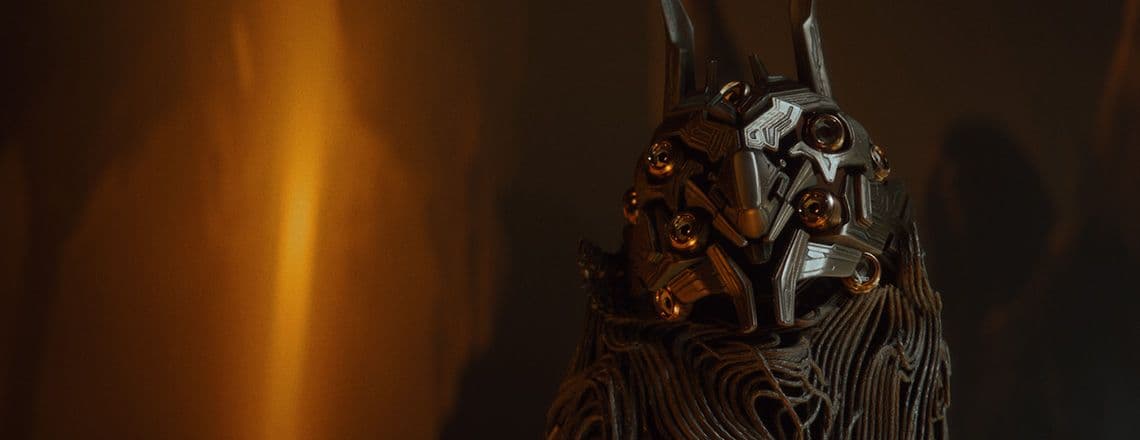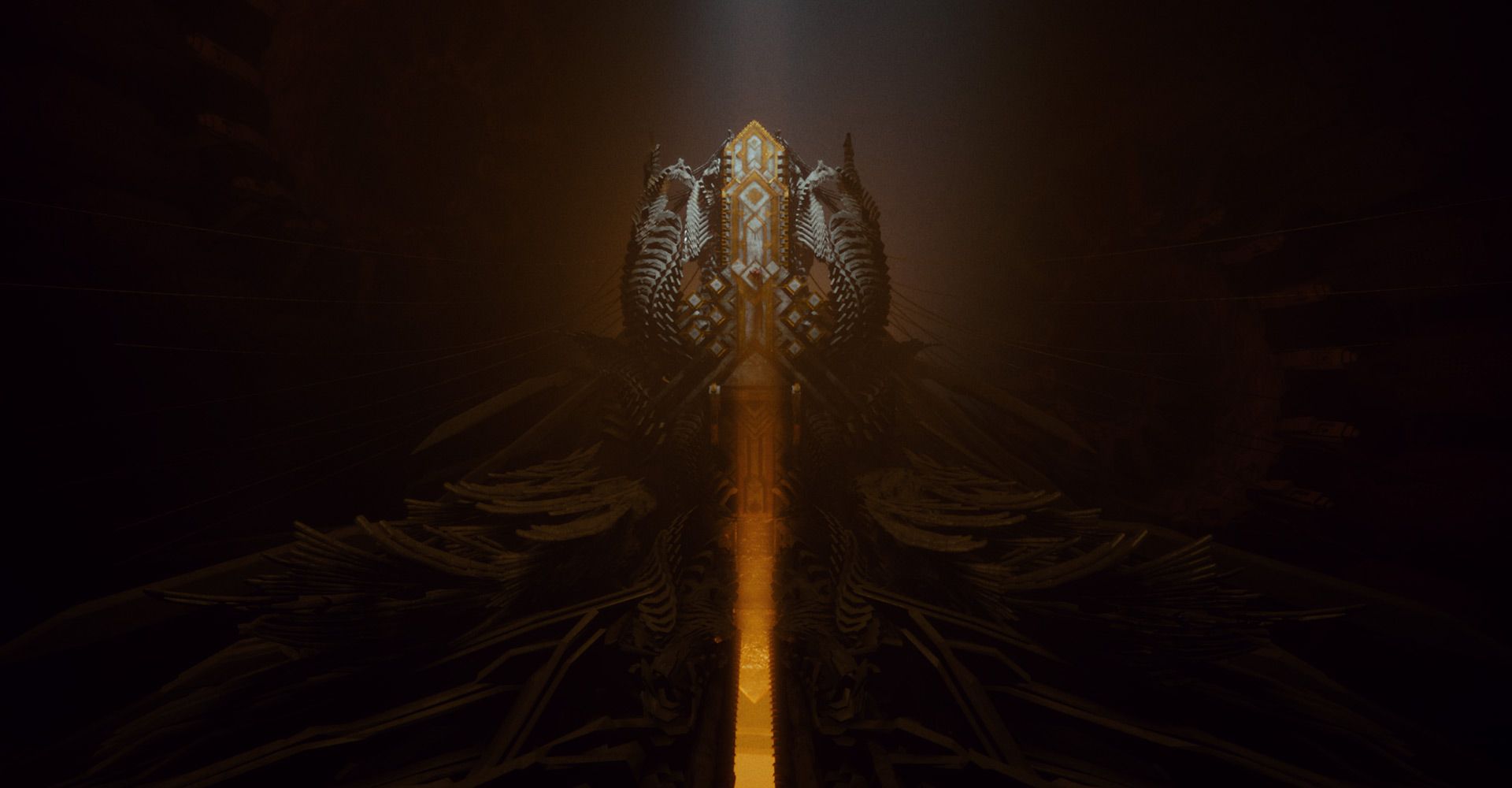
Discover some of the most-notable artist and designer tools in 2019.3. For full details, check out the release notes.
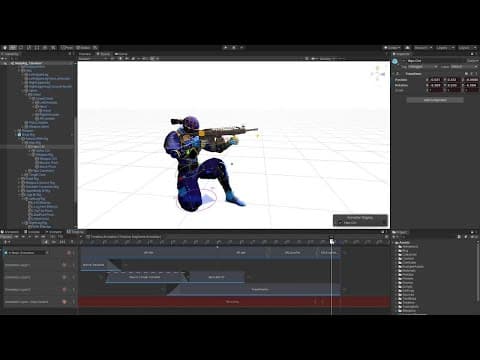
We’ve added support for Animation Rigging (Preview) within Timeline. This package provides an easier way for animators and non-specialists to preview and modify animations within their game sequences. Timeline tracks can be mixed and blended together to create completely new animations that fit the needs of the Scene or can be fixed quickly in-Editor without having to do a roundtrip to a dedicated 3D animation package. Combined with the Animation Window and Rig Effectors from earlier releases, this gives you a powerful and efficient way to modify animations in Unity.
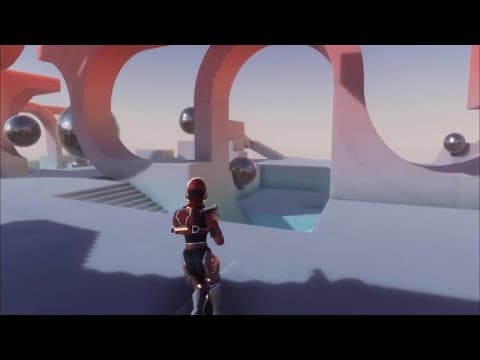
We’re releasing the DOTS Sample project, showcasing how all the Data-Oriented Technology Stack (DOTS)-powered components work together in Unity 2019.3.
The Entities package (Preview) includes two of these features that are especially relevant to designers. The Conversion Workflow enables you to convert your GameObjects to entities with one click, harnessing the power of DOTS while using the workflows you already know. Unity Live Link lets you make changes in the Editor and push them to your target device in real-time, giving you instant feedback on how they look and perform on the actual device.
Also, the new DOTS animation tools are now available for the first time as a Preview package.
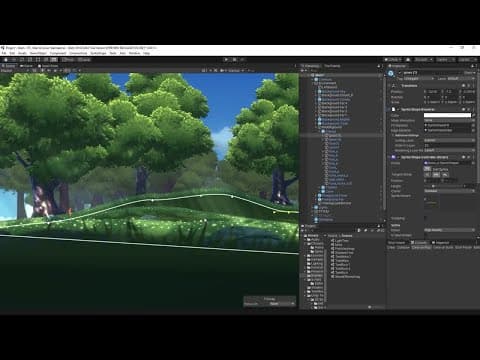
The 2D Tilemap Editor enables game-makers to create large 2D worlds with tilemap functionality, and the 2D Extras add support for animated tiles or tiles that will automatically display the graphic that matches the neighboring tiles.
2D Sprite Shape also helps you easily create 2D worlds. It’s designed for organic spline-based 2D terrains and objects, and comes with an intuitive editor to define the appearance of edges, corners, and fillings, and it automatically creates colliders. With the Sprite Shape Extras (available via Package Manager) you can add functionality like Conforming Spline to attach objects to the Sprite Shape that will move along with the spline.
Both tools come with highly performant renderers and are verified for 2019.3.
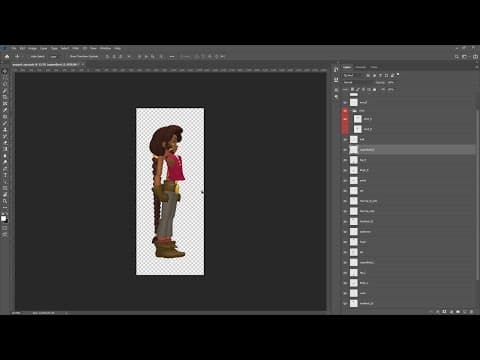
The 2D PSD Importer allows you to import layered Photoshop images directly into Unity, conserving the layer information and Sprites. This is particularly useful for 2D Animation rigging and it saves time because you don’t have to export individual Photoshop layers as Sprites. It is verified for 2019.3.
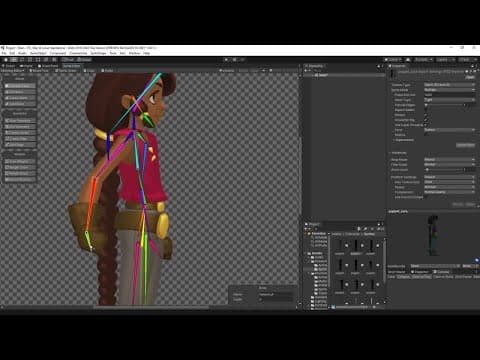
Create skeletal animation using Sprites, including rigging, tessellation and bone creation, directly in Unity. The 2D Animation package provides all the necessary tooling inside the Sprite Editor. The tool works with the 2D PSD Importer to import the character parts and with 2D Animation to animate the rigged character with keyframes or curves. This package is verified in 2019.3.
The experimental Sprite Swapping feature lets you quickly and easily create multiple characters or parts that look different, but have the same animation and rigging.
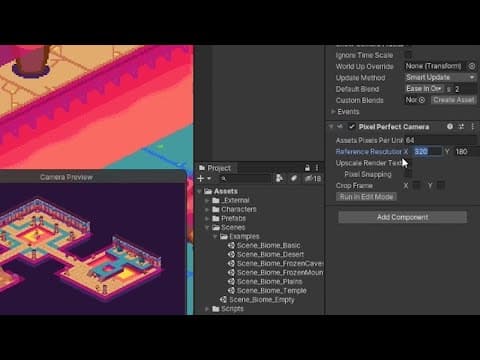
The 2D Pixel Perfect camera helps keep your pixel art crisp and stable in motion and rotation at different resolutions. The standalone package is now verified for 2019.3.
Cinemachine Pixel Perfect extension is an extension for the Cinemachine Virtual Camera. It detects the 2D Pixel Perfect component and uses the component’s settings for the correct orthographic camera size and position based on the pixel resolution.
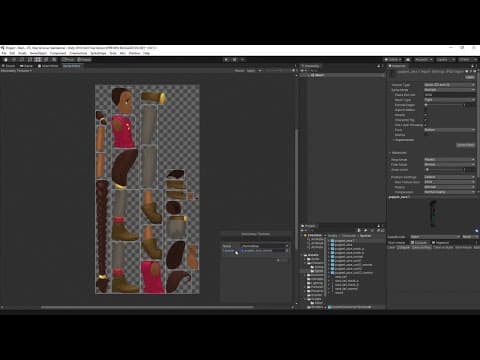
With the experimental 2D Lights introduced in 2019.2, we brought dynamic lighting effects to 2D. The Sprite Editor now comes with a new option: Secondary Textures. This tool helps you add normal maps or mask maps to your 2D Sprites, allowing them to simulate volume and react more realistically to 2D Lights. Secondary Textures can be added to Sprite Shapes, Tilemaps, and Sprites, including the ones made for 2D Animation.
2D Shadows is a new experimental feature in 2019.3. You can add the new Shadow Caster 2D component to GameObjects and define the shape that will dynamically cast a shadow based on the 2D light sources. Additionally, every type of 2D Light now has new parameters to set up how the shadows should be formed from that light source, such as intensity or opaqueness.
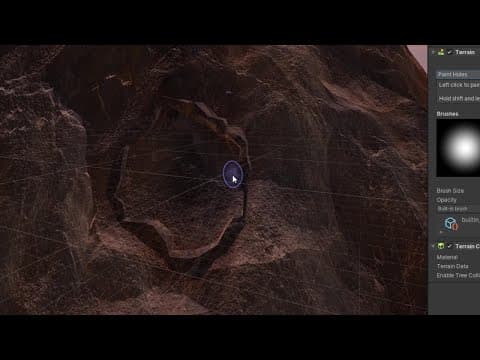
It’s now easier to create holes in your terrain – such as caves, wells or trenches – for more elaborate geometry and more complex/realistic Scenes. Using the Paint Surface Mask tool, select a brush and then paint holes over the terrain the same way you would paint a material.
This update works seamlessly with other Unity systems like physics, navigation mesh or lightmapping. Programmers can also access terrain-hole data through scripting and implement custom terrain logic.
We have also improved Terrain Material painting, which lets you paint complex terrain and helps speed up your workflow. Recently, we also introduced 15 sculpting tools as well as a utility toolbox that helps streamline your workflow. Learn more about these updates in this blog post.
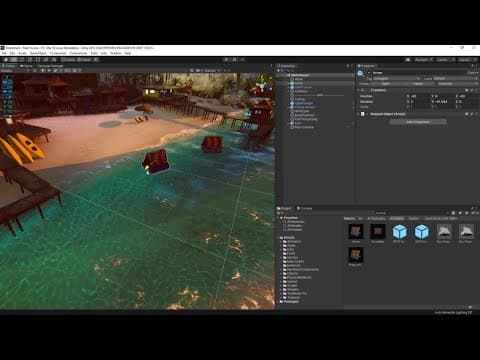
Working in large, complex Scenes can be a challenge, and selecting Scene objects can be particularly difficult. Scene Picking is a new feature that disables picking of certain parts in a scene to let you focus on what you actually want to change. This helps artists and designers work faster and safer.
We have also replaced Unity’s native grids with ProGrids, and added an extended Handles API so developers can create custom behaviors for handles.
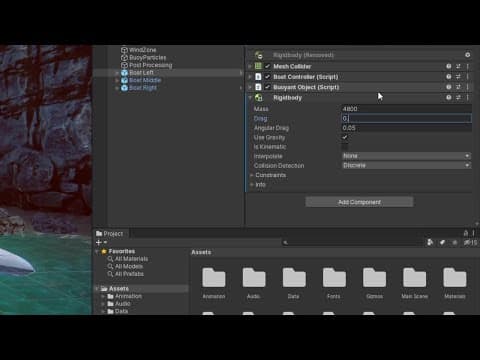
With Presets, you can customize the default state of just about anything in Unity – components, importers, managers – without coding. Presets can help speed up your artistic and design workflows by creating a more useful starting point. They can also be helpful in the process of recording and documenting aesthetic and design choices, as well as by keeping teams aligned by making it easy to apply rules across large scenes to ensure consistency.
In 2019.3, the Preset Manager allows more than one default per type. This means that you can have multiple defaults and can achieve very specific preset behaviors based on your naming conventions.
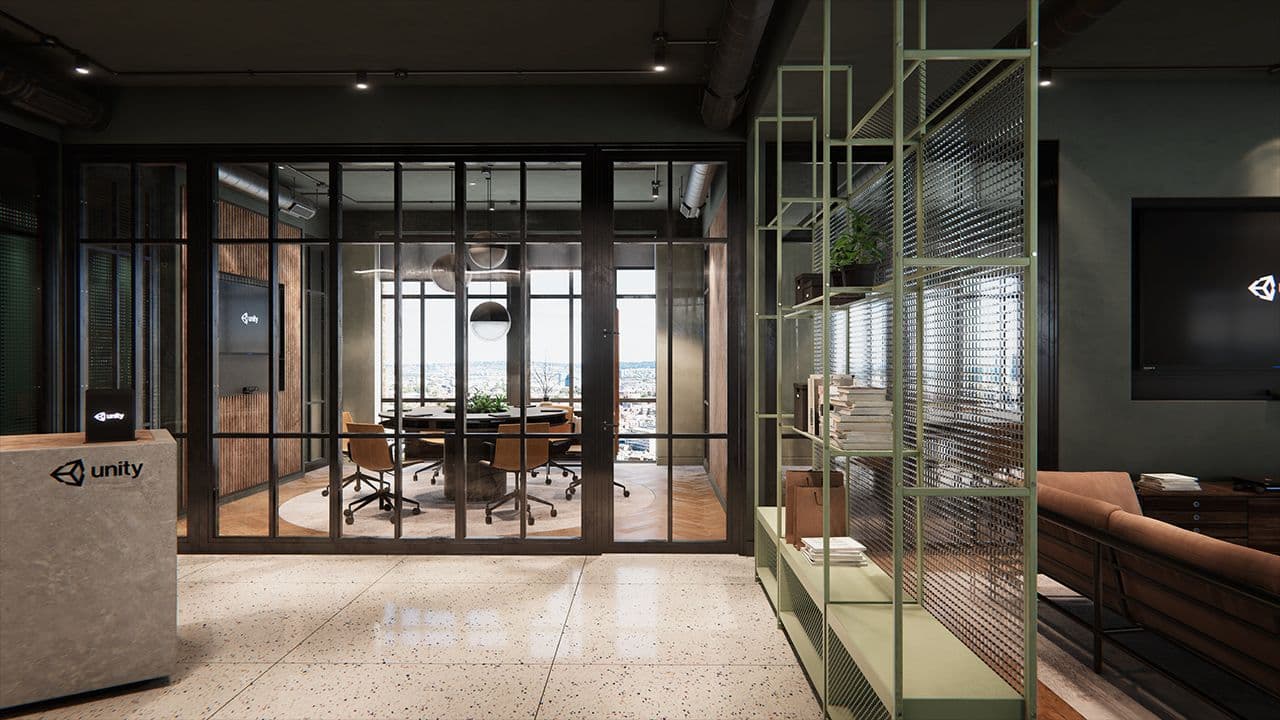
Unity now supports third-party renderer materials, allowing developers to add support for their render material of choice so that properties are displayed correctly within Unity. This reduces the need to rebuild materials from scratch, simplifying the content-creation pipeline and look-development process. Unity 2019.3 ships with support for several materials: Autodesk Arnold Standard Surface shader, Autodesk 3ds Max physical material, and the Autodesk Interactive shader.
